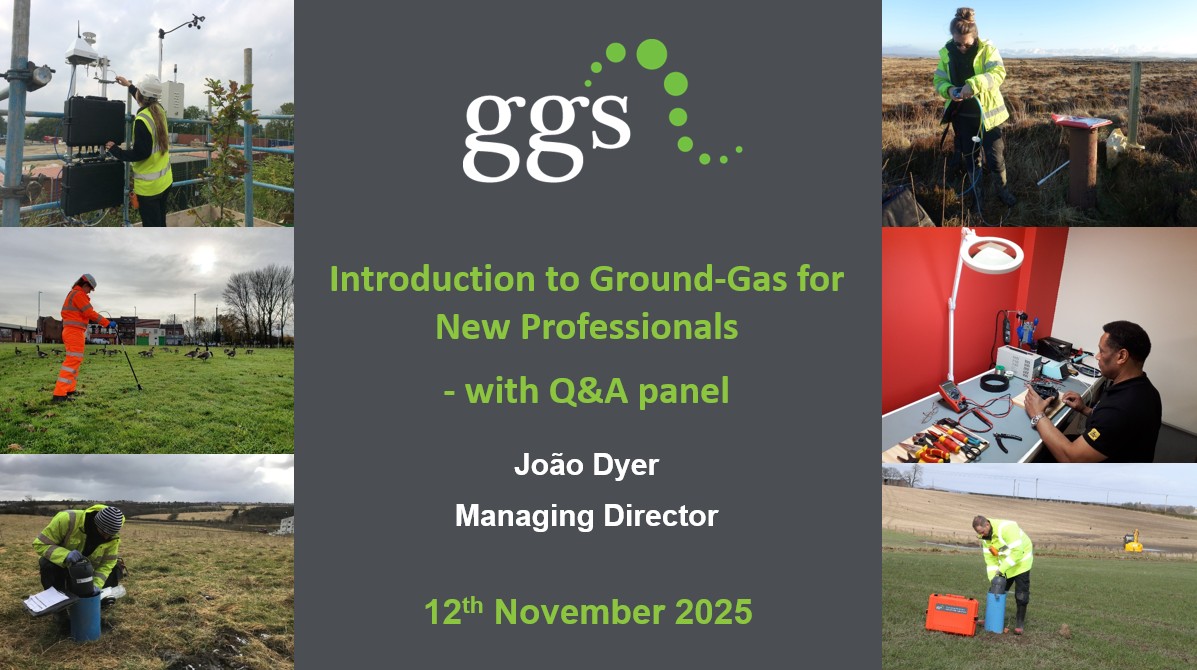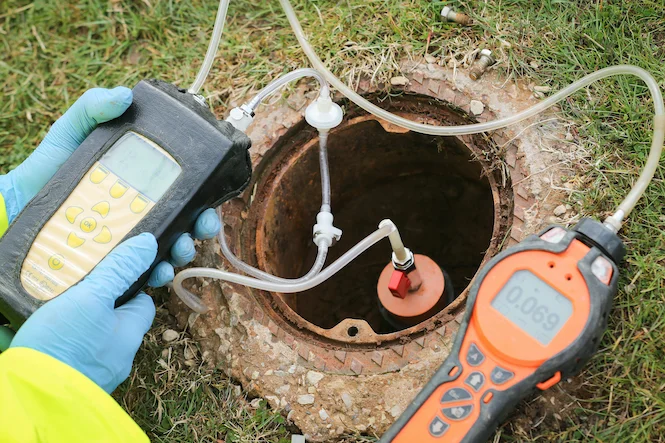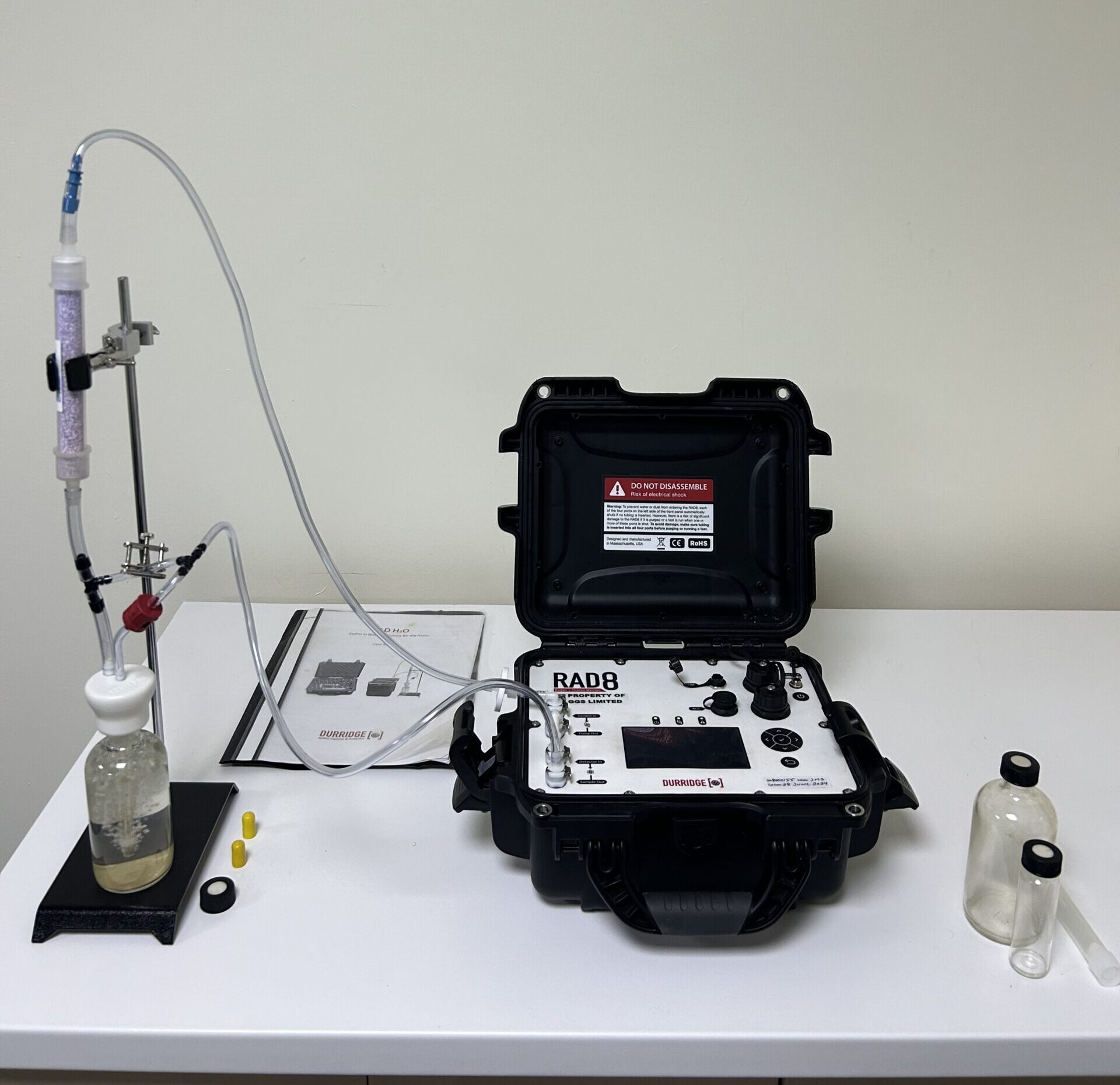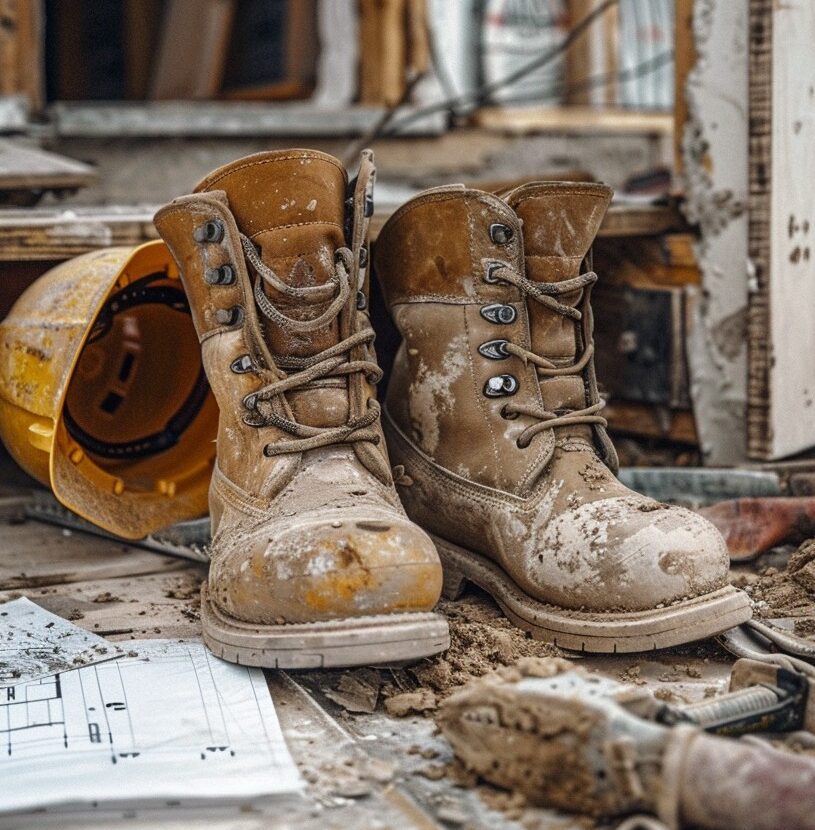Before you use your gas detection kit, it is imperative to conduct a bump test to ensure that your kit is working correctly. Bump testing is a quick and essential procedure to ensure your ground gas detection instruments are functioning correctly. Here’s a step-by-step guide to help you perform a bump test:
A bump test checks whether the sensors in your gas detection instrument respond to the presence of gas. It verifies that the alarms and indicators are working properly but does not calibrate the instrument.
You will need:
- The ground gas detection instrument
- A bump test gas cylinder (having a known concentration of gas)
- A regulator and tubing
- A bump test cap or adapter
Always ensure that you are undertaking the bump test in a suitably safe environment if you are using calibration gases that are flammable or toxic.
Turn on your ground gas detection instrument and allow it to warm up according to the manufacturer’s instructions. Ensure it is in normal operating mode.
Attach the bump test gas cylinder to the instrument using the regulator and tubing. Make sure all connections are secure to avoid any leaks.
Place the bump test cap or adapter over the sensor. Open the regulator to allow the bump test gas to flow over the sensor. The instrument should then detect the gas.
Check that the instrument’s alarms (visual, audible, and vibratory) activate as expected. Note the readings displayed on the instrument to ensure they are within the expected range for the bump test gas concentration.
Record the details of the bump test, including the date, the concentration of the bump test gas, and the instrument’s response. This documentation is important for maintaining a log of regular tests.
If the instrument fails the bump test, check for common issues such as:
- Expired or incorrect bump test gas
- Leaks in the tubing or connections
- Sensor contamination or damage
If the instrument consistently fails bump tests, contact the manufacturer or a professional service provider for further help.
By regularly performing bump tests, you can ensure that your ground gas detection instruments are functioning correctly and providing reliable safety alerts. This practice helps support the integrity of your safety protocols and ensures the well-being of personnel working in environments where ground gas is present.
If you would like to outsource ground gas monitoring, our team can help. We offer services such as continuous ground gas monitoring which offers opportunities for in depth reporting and risk assessment. Do get in touch if you would like to consult with an expert ground gas scientist.
GGS are experts in continuous ground gas monitoring. We provide lots of learning opportunities for new and experienced professionals.
If you are new to the industry and looking to expand your knowledge you may be interested in our A-Z of Ground Gas training courses. In 2025 we will be visiting different cities in the UK offering a two-day training course which covers the basic principles of ground gas, establishing lines of evidence and quality management. Our next training course will be in Bristol on the 25th of February. Find out more here.
We also offer learning opportunities for new professionals through our webinars. In 2025 we will be offering eight webinars on different topics for professionals interested in ground gas behavior. Our first webinar is useful for new professionals and is completely free. Sign up to Geology 101 here.
The following pages include news articles, videos, guidance notes and white papers on a range of ground gas related topics which we hope you will find of interest. Please browse through but if you can’t find something on your particular issue of interest, we’d be very pleased to hear from you so we can put that right.

Are you new to the industry and looking for an introduction to ground gas?
This webinar, led by Joao Dyer, is perfect for new professionals and graduates. The webinar also includes a Q&A panel with the GGS team.





